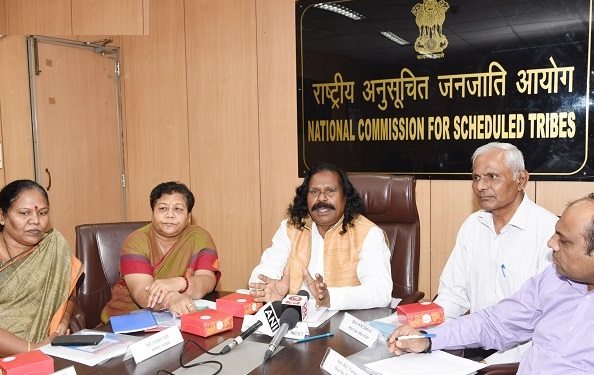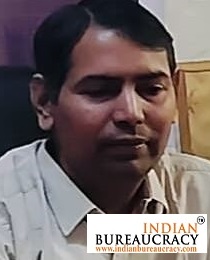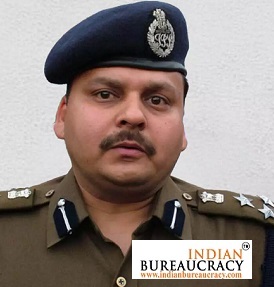
PIB News Update: The 119th meeting of the National Commission for Scheduled Tribes was held on 11th September, 2019 under the Chairmanship of Dr. Nand Kumar Sai to deliberate the issue of inclusion of UT of Ladakh under Fifth/Sixth Schedule of the Constitution of India.
At the outset, the full Commission welcomed the Jammu and Kashmir Reorganisation Act 2019 thereby creating the Union Territory of Ladakh comprising of Kargil and Leh districts. The Commission feels that this will immensely help in meeting the cherished aspirations of the tribal people in Ladakh region.
The issue was earlier discussed in the 118th Meeting of the Commission held on 27th August, 2019. This was followed by further consultation with the Ministries of Home Affairs, Tribal Affairs and Law & Justice in a meeting held on 4th September, 2019.
The Commission took note of the fact that the newly created Union Territory of Ladakh is predominantly a tribal region in the country. The Scheduled Tribe population represent 66.8 percent in Leh, 73.35 percent in Nubra, 97.05 percent in Khalsti, 83.49 per cent in Kargil, 89.96 per cent in Sanku and 99.16 per cent in Zanskar areas of the Ladakh region.The official figures, however, does not include a number of communities including SunniMuslims in the region, who are claiming for Scheduled Tribe status. Taking into account this, the total tribal population in Ladakh region is more than 97 percent. The region is inhabited by following Scheduled Tribes, namely:
- Balti
- Beda
- Bot, Boto
- Brokpa, Drokpa, Dard, Shin
- Changpa
- Garra
- Mon
- Purigpa.
The Commission noted that prior to creation of Union Territory of Ladakh, people in Ladakh region had certain agrarian rights including right on land which restricted people from other parts of the country to purchase or acquire land in Ladakh. Similarly, the Ladakh region has several distinct cultural heritages by communities such as Drokpa, Balti and Changpa, among others, which needs to be preserved and promoted.
The Commission was also informed that in the constitutional scheme of things, the States includes Union Territories in many Parts of the Constitution. The provisions under paragraph (1) of the Sixth Schedule regarding autonomous districts and autonomous regions states that the tribal areas in each item of Parts I, II and II(A) and in Part-III of the table appended to paragraph 20 of Sixth Schedule shall be an autonomous district. Further, paragraph 21 of the Sixth Schedule empowers Parliament to amend any provisions of the schedule. The Commission is of the view that the autonomous district councils of erstwhile Union Territory of Mizoram had helped in mitigating the genuine aspirations of people. Similarly, Clause 3(58)(b) of the General Clauses Act 1897 defines State shall mean a State specified in the First Schedule to the Constitution and shall include a Union Territory.
The Commission after careful consideration, recommends that the Union Territory of Ladakh be brought under the Sixth Schedule of the Constitution. The Commission feels that this will help in:
(i) Democratic devolution of powers;
(ii)Preserve and promote distinct culture of the region.
(iii)Protect agrarian rights including rights on land
(iv)Enhance transfer of funds for speedy development of Ladakh region.
Accordingly, Hon’ble Chairperson, National Commission for Scheduled Tribes has written to Union Home Minister as well as Union Tribal Affairs Minister conveying the recommendation of the Commission to include Union Territory of Ladakh under Sixth Schedule of the Constitution of India.




